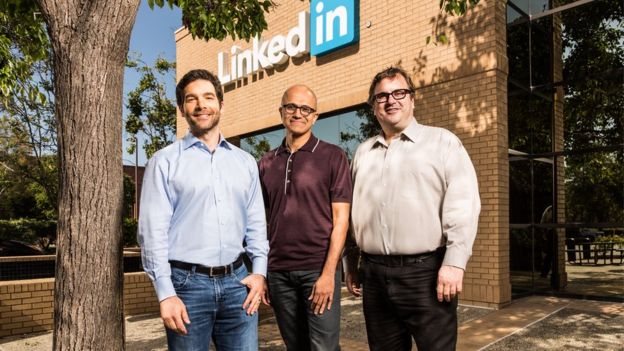
The Bluetooth Special Interest Group (SIG) has announced the new Bluetooth 5 spec, currently slated for delivery in late 2016 or early 2017. While it won’t appear in devices until sometime after that, the BT 5 protocol should be a significant improvement over Bluetooth 4.2, which mostly focused on improving compatibility with the Internet of Things (IoT) and associated devices.
Bluetooth 5 is expected to deliver four times the range of Bluetooth 4.2, twice the speed, and eight times the data broadcasting capability. The IoT capabilities baked into BT 4.2 will be expanded as well; the Bluetooth SIG is claiming that the increased range, performance, and total broadcasting capability will allow IoT devices like smartwatches to move away from a paired app-device model and operate independently in their own right. Whether this is actually true is something of an open question: Wearables like the Apple Watch or Android Wear-compatible products would benefit from increased autonomy, but the battery power and screen size on a watch are both intrinsic limiting factors. Transmitting and receiving data is expensive relative to the total amount of battery power packed into most wearables.
 |
| Bluetooth low energy will continue to be an important pillar of the Bluetooth 5 standard |
The increased capabilities of Bluetooth 5 should make it easier to have a wireless Bluetooth speaker in one room while you stream data from elsewhere. Current Bluetooth can be a bit hit-or-miss in this regard; some peripherals tolerate blocked lines of sight better than others. I have two pairs of equally priced Bluetooth earbuds — one of them can pick up a signal from anywhere in the apartment, while the other pair starts skipping if I slip my phone into my pocket. Walking out of a room and leaving my phone behind simply doesn’t work.
The Bluetooth SIG believes that BT5 will be much more than just a performance-improving update to existing peripherals. “With eight times the broadcast messaging capacity, Bluetooth 5 will further propel the adoption and deployment of beacons and location-based services in the home automation, enterprise, and industrial markets,” the SIG said in a statement. “In scenarios where contextual awareness like navigation and pin-point location are crucial – such as hassle-free airport navigation experiences, asset tracking of warehouse inventory, emergency response, even smart city infrastructure that helps the visually impaired be more mobile – Bluetooth 5 will send custom information people actually find useful in that moment without connection and application barriers.”
That’s a fairly optimistic assumption for a protocol usually used for pairing wireless earbuds or headsets with other hardware, but everyone’s allowed to be an optimist. Even if Bluetooth 5 doesn’t usher in a brave new world of crappy IoT devices, it’ll be nice to see better battery life and increased range from existing types of hardware.



